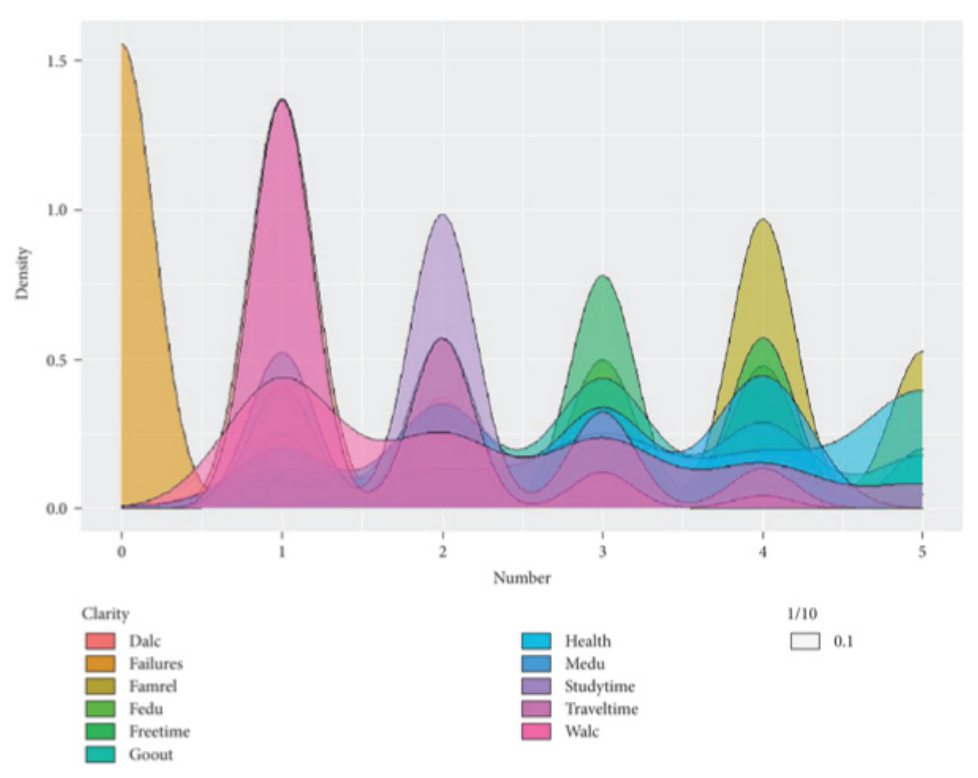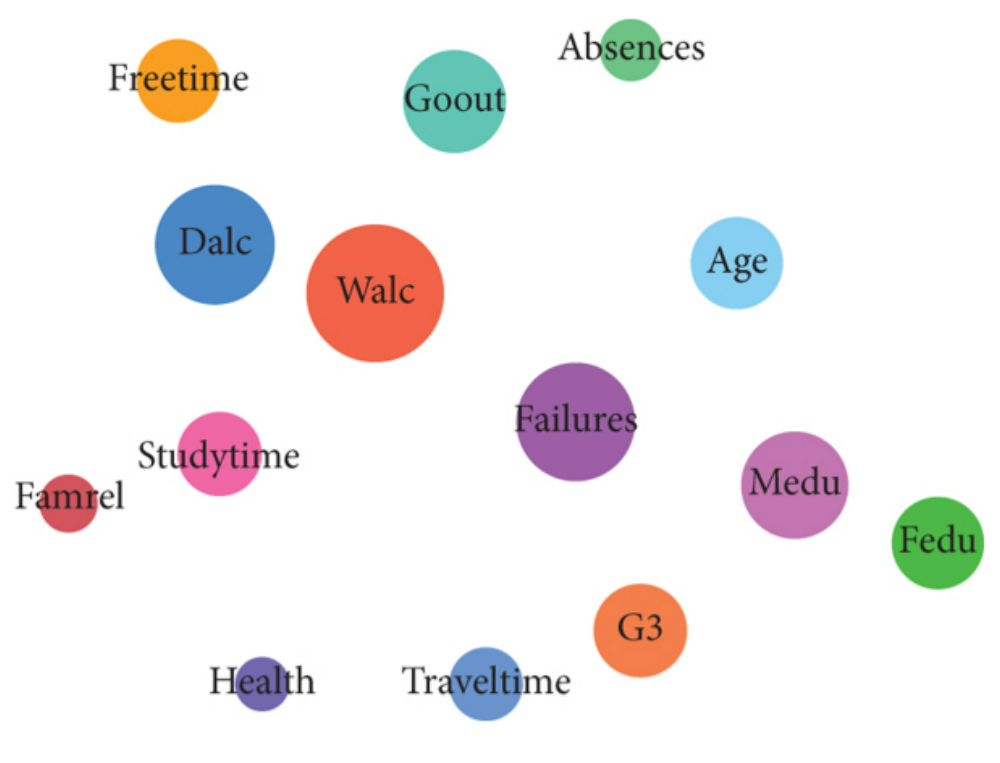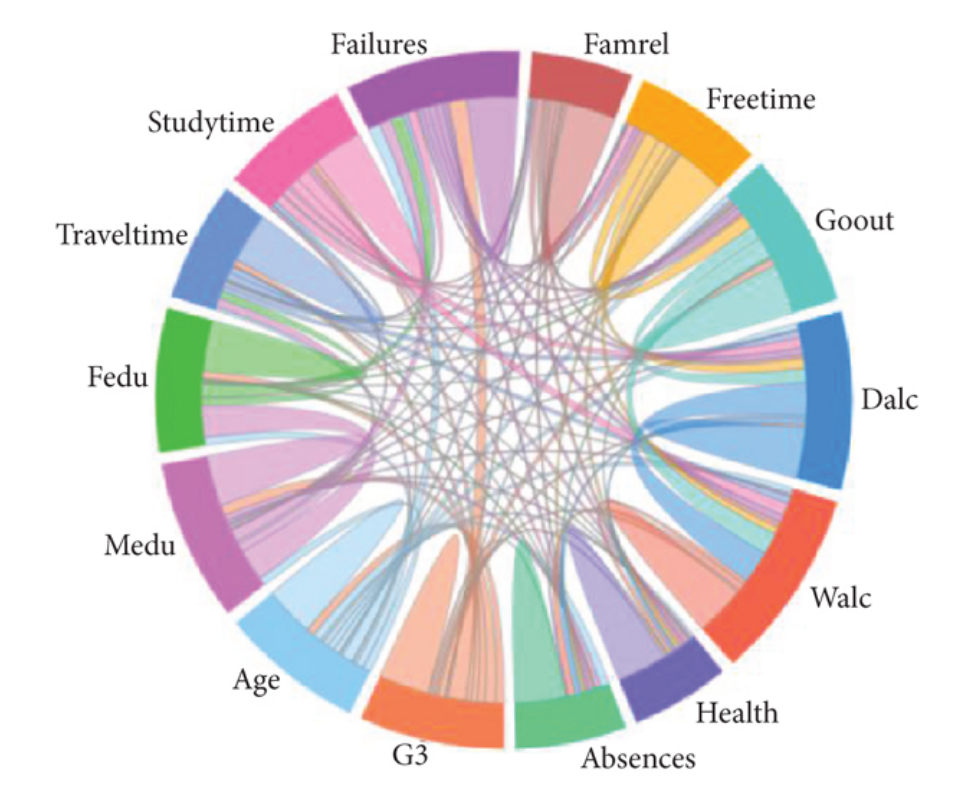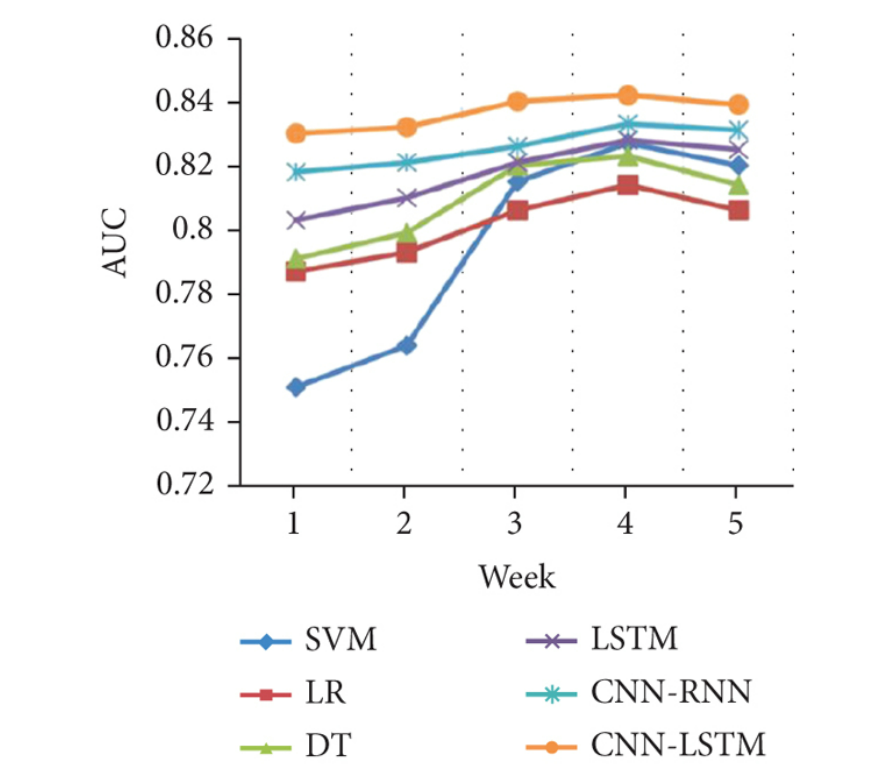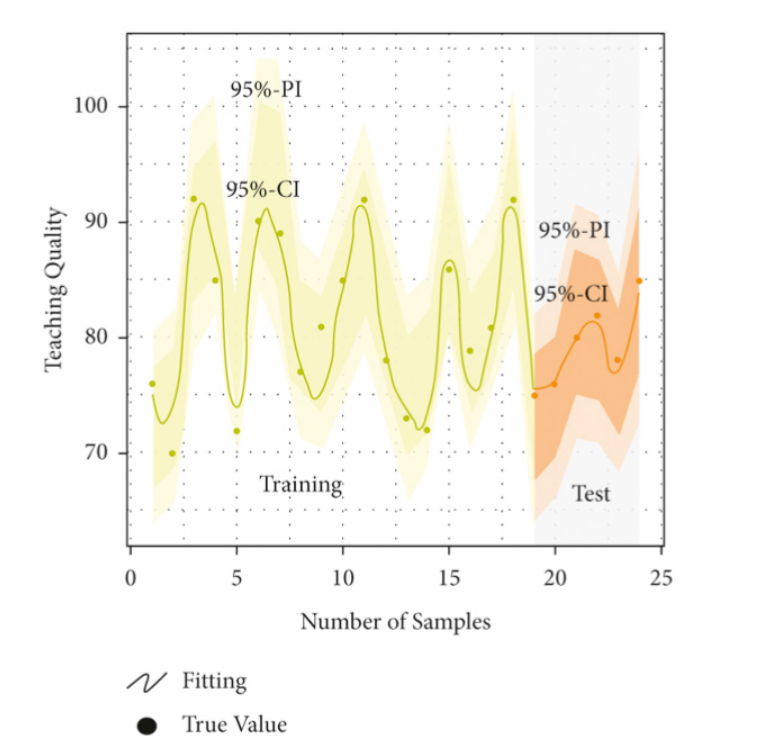 An open access journal
An open access journal
The Intersection of Technology and Arts Education: Enhancing Creativity and Access
Abstract
This paper explores the intersection of technology and arts education, focusing on how digital tools and platforms can enhance creativity and access to artistic learning experiences. Drawing on literature from education, technology, and arts integration, the paper examines the ways in which technology is reshaping arts education practices and pedagogies. It discusses the potential of digital technologies such as multimedia software, virtual reality, and online learning platforms to expand the possibilities for artistic expression, collaboration, and audience engagement. The paper explores innovative uses of technology in arts education, including digital storytelling, interactive art installations, and online arts communities. Through case studies and examples, the paper showcases successful implementations of technology-enhanced arts education programs, highlighting their ability to reach diverse learners, bridge geographical barriers, and amplify marginalized voices. Additionally, the paper addresses challenges such as digital equity, privacy concerns, and the need for critical media literacy in navigating digital art spaces. It concludes by advocating for continued exploration and integration of technology in arts education to ensure that all students have the opportunity to participate in and contribute to the creative and cultural landscape of the 21st century.
Share and Cite
Article Metrics
References
- Bresler, L., & Thompson, S. (Eds.). (2007). The Arts in Children's Lives: Context, Culture, and Curriculum. Springer Science & Business Media.
- Halverson, E. R., & Sheridan, K. (2014). The Maker Movement in Education. Harvard Educational Review, 84(4), 495-504.
- Jolls, T., & Hubbard, P. (2016). Interactive and Sculptural Learning in STEAM (Science, Technology, Engineering, Arts, and Mathematics). In S. Thompson (Ed.), The Arts in Education (pp. 163-179). Springer.
- Papert, S. (1993). The Children's Machine: Rethinking School in the Age of the Computer. Basic Books.
- Pinkard, N. (2005). Digital Tools in Urban Schools: Mediating a Remix of Learning. In K. A. Renninger & I. Sigel (Eds.), Handbook of Child Psychology and Developmental Science: Vol. 4. Ecological Settings and Processes (7th ed., pp. 855-898). John Wiley & Sons.
- Sawyer, B., & Tan, E. (2009). Creativity in Arts Education: A Review of the Literature. Asia-Pacific Journal of Education, 29(3), 281-295.
- Sweeney, S. (2012). Digital Arts Integration: Lessons Learned in a 1:1 iPad Classroom. In Proceedings of the International Conference on e-Learning, e-Business, Enterprise Information Systems, and e-Government (EEE), Las Vegas, NV.

